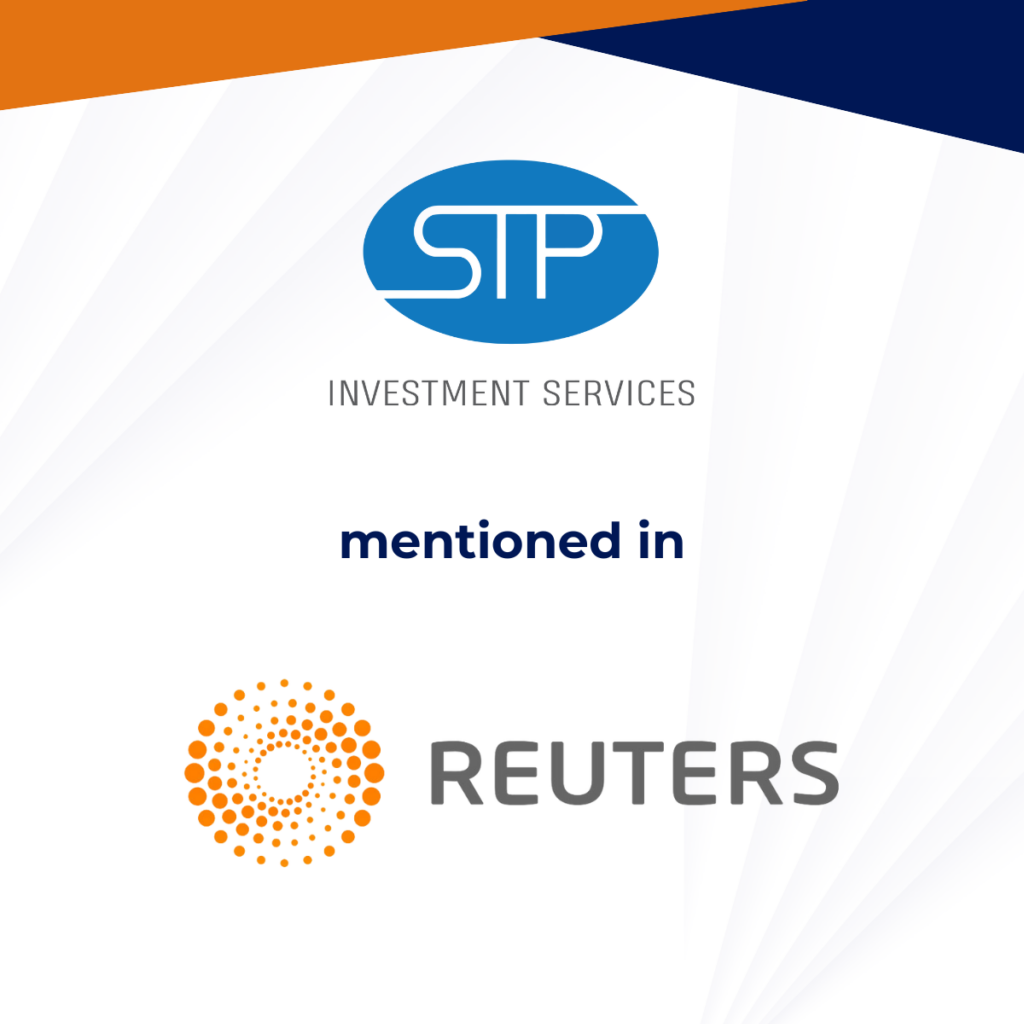Are You Ready for It? Preparing for the Move to a T+1 Trade Settlement Cycle

Imagine hopping on board a ship ready to sail from Amsterdam to London, with a stock certificate in hand. In 14 days, the stock trade you’re facilitating will be settled and the trading parties’ work is complete.
This is almost unfathomable in our world today. Rapid communication and ever-advancing technology are accelerating the base pace of our global financial systems and the way we operate in the markets today.
One of the ways we see the direct impact of this acceleration is through the consistently decreasing trade settlement cycle. And in just a few months, we’re going to see another decrease that will have lasting implications for years to come.
Get in Touch about Preparing for T+1
In February 2023, the Securities and Exchange Commission (SEC) announced a move to a T+1 trade settlement cycle expected in May 2024. This move means that securities transactions must settle one business day after the trade date. Up until this point, the trade settlement cycle has been two business days (T+2). While halving the time to settlement may seem like an aggressive jump, the goal of the move is to make markets more efficient for investors and to reduce risk—just a couple of the long list of benefits that come with T+1. But that doesn’t mean there won’t be challenges.
Additionally, the move to T+1 cycle has many speculating whether T+0 is on the horizon. While that’s likely not something you need to be concerned about any time soon, understanding the historical trends in trade settlement can provide important context to help firms prepare for this massive shift in May 2024.
The History of Trade Settlement
Stock exchanges formed in Europe in the 1700s required two week settlement periods to reasonably allow for travel and delivery of the stock certificate. When the U.S. stock exchanges opened in the early 1800s, they followed the same settlement period standards. However, with the development of more rapid travel means and improving technology, the 14-day cycle became unnecessary.
It wasn’t until the 1970s when the U.S. first shortened the trade settlement cycle from 14 days to 7 days. Over the next 20 years, the settlement cycle continued to drop from 5 days to 3 days, and in 2017, T-2 became the standard, under SEC Rule 15c6-1a. As we sit on the precipice of yet another drop, it helps to look back in history to acknowledge the significance of each cycle change¹.
Understanding the Significance of a T+1 Trade Settlement Cycle
The move to T+1 undoubtedly will have lasting implications for years to come as firms navigate the many opportunities and challenges associated with the transition.
The Benefits of T+1
There’s a reason the SEC and Depository Trust & Clearing Corporation (DTCC) are such prominent proponents for T+1; the benefits of the move are extensive and positively impact investors, market participants, and financial entities globally.
Some of the strongest positives associated with T+1 include:
- Reduced Counterparty Risk: In theory, the shorter the settlement cycle, the less risk involved in the trade, and vice versa. This is because a shorter trade settlement cycle reduces the exposure of counterparty risk—or the risk associated with one party’s inability to fulfill its financial obligations related to a trade. Less time for the trade to settle means there’s less time engaged parties have to default on their contractual obligations.
- Enhanced Market Integrity & Efficiency: Market integrity refers to the degree of fairness, honesty and transparency in the financial markets and is critical for maintaining a seamlessly functioning system. Market efficiency, on the other hand, refers to how smoothly the market operates.
Improving both market integrity and market efficiency are valid and respectable goals when it comes to changing regulation and market processes. The ultimate goal in enhancing market integrity and efficiency is to establish more transparent and reliable trading environments, and therefore improve confidence in the financial markets and encourage market participation. - Liquidity Efficiency: Liquidity efficiency plays an important role in market efficiency. When trades are settled faster, it means that market participants can more quickly access funds from their trades and pursue other opportunities. And when liquidity is improved, transaction costs are lower making it easier for investors to participate in the markets with confidence.
- Operational Efficiency: The less time spent on settlement, the more efficiency gained for the firms participating in the trade, which can lead to saving costs for market participants and enable operational teams to handle trades faster.
While the benefits of T+1 are extensive, that doesn’t mean the transition will not pose challenges to financial institutions and key market players who are preparing for the quick attention a May implementation date requires.
The Challenges of T+1
Beyond the concerns many financial institutions have expressed about the accelerated timeline to T+1, there are several challenges ahead for institutions impacted by the regulatory change. Chief among them is the overall cost involved with decreasing settlement cycles.
The SEC itself has estimated the move to T+1 will cost the industry anywhere from $3.5 billion to $4.95 billion2 to implement, exclusive of additional compliance costs required. This includes costs for things like technology enhancements and additional training for staff involved in trade settlements. Preparing for these costly expenses in a short window has placed additional financial burden on financial institutions.
While additional compliance needs may lead to incurring higher costs, T+1 may also require compliance departments to adjust their operational procedures as they adjust to a shorter settlement cycle. This also applies to operational teams involved in overseeing trade settlements and responsible for ensuring all steps in the settlement process—including trade execution, clearance, confirmation, and payment. And as processes change, so may the technology needed to execute faster trade processing and day-to-day operations.
Faster trade settlement could also mean running the risk of overlooking potential risks. Having one less day for risk management activities, like conducting counterparty risk assessments, credit rating reviews, and confirming proper documentation, minimizes firms’ ability to thoroughly confirm acceptable levels of risk.
Finally, while global financial markets are aligned on the value of T+1, not all markets are working toward faster settlement standards at the same pace. Until global financial systems are fully aligned on T+1, coordination across borders will add complexity to the already challenging nature of trading globally.
Considering the challenges ahead for PE firms, hedge funds, and institutional asset managers, preparing for T+1 is an imminent and necessary step to ensuring your firm can navigate these challenges with ease.
Preparing for T+1 Trade Settlement
Minimizing disruptions to your day-to-day workflows will be a top consideration for all firms navigating the transition to T+1. Achieving that will require an all-hands-on-deck approach to prepare for the accelerated settlement cycle.
Communication and ongoing staff and client education will play an important role in not only preparing for T+1, but in ensuring all parties are equipped to handle the new requirements. When it comes to understanding the new timelines and changes to operations, communication needs to be seamless, rapid, and frequent to ensure awareness is as high as possible.
Finally, understanding that T+1 will inevitably lead to an increased reliance on technology will help your firm get ahead of the curve and begin vetting and implementing new systems proactively.
Buy-side firms need to be prepared to handle faster execution and settlement of trades, which may require the implementation of new technology and systems. This will require firms to adjust their procedural operations and day-to-day standards to accommodate the shortened time frame. Additionally, firms will need to make sure they always have enough funds on hand to more rapidly settle trades, which will require closer monitoring of liquidity than they may be used to now.
As to be expected, the preparations outlined above will likely lead to increasing staff and technology, incurring additional costs. However, you don’t need to go it alone. Leveraging an outsourced partner to manage your firms’ trade settlements can decrease the burden that comes with preparing for T+1, while enjoying the benefits.
Why You Should Consider Outsourcing Your Trade Settlement in Light of T+1
Time is of the essence if you need help getting your firm aligned to handle the implementation of T+1 by Memorial Day Weekend. That’s where an outsourced trade settlement partner can play a major role.
Leveraging a specialized service provider to outsource your trade settlement activities can not only alleviate the burden of T+1 preparations, but also help you gain operational efficiencies, which may give you a helpful advantage come May when considering the broader competitive landscape. The benefits of outsourcing investment operations—especially trade settlement in light of T+1—is far sweeping:
- Gain scale & efficiency: Outsourcing trade settlement will allow you to focus on what you do best, while letting your service provider deal with the complexities and nuances involved with T+1. Not only will this provide you operational efficiencies in your day-to-day, it will allow you to more rapidly scale your growth.
- Leverage proven technology: Top service providers often provide proprietary technology that has been proven to support your specific needs. Plus, working with an outsourced service provider that prioritizes transparency will ensure you have all the data and information at your fingertips whenever you need it, without having to get lost in the weeds.
- Save on associated costs: In many ways, T+1 is accelerating the need for firms to invest in new technology and infrastructure. Leveraging an outsourced partner with the technology you need can ultimately save you costs while providing unique expertise and guidance.
Introducing STP Trade Settlement Services
STP Investment Services provides an all-encompassing Trade Settlement solution for institutional asset managers, emerging hedge funds, and PE firms looking to tap into operational efficiency gains and more smoothly navigate the transition to T+1.
STP’s Trade Settlement services offer comprehensive post-trade processing and efficiency-producing components including best-in-class technology married with high-touch service. Leverage additional features such as custodian trade routing via affirmation, file delivery, or SWIFT, complete trade lifecycle oversight, loss prevention and mitigation, proactive trade monitoring, SLA-tracking, comprehensive reporting and DTCC licensing.
Get in touch to learn more about STP’s trade settlement services and gain operational efficiency before T+1 implementation.



